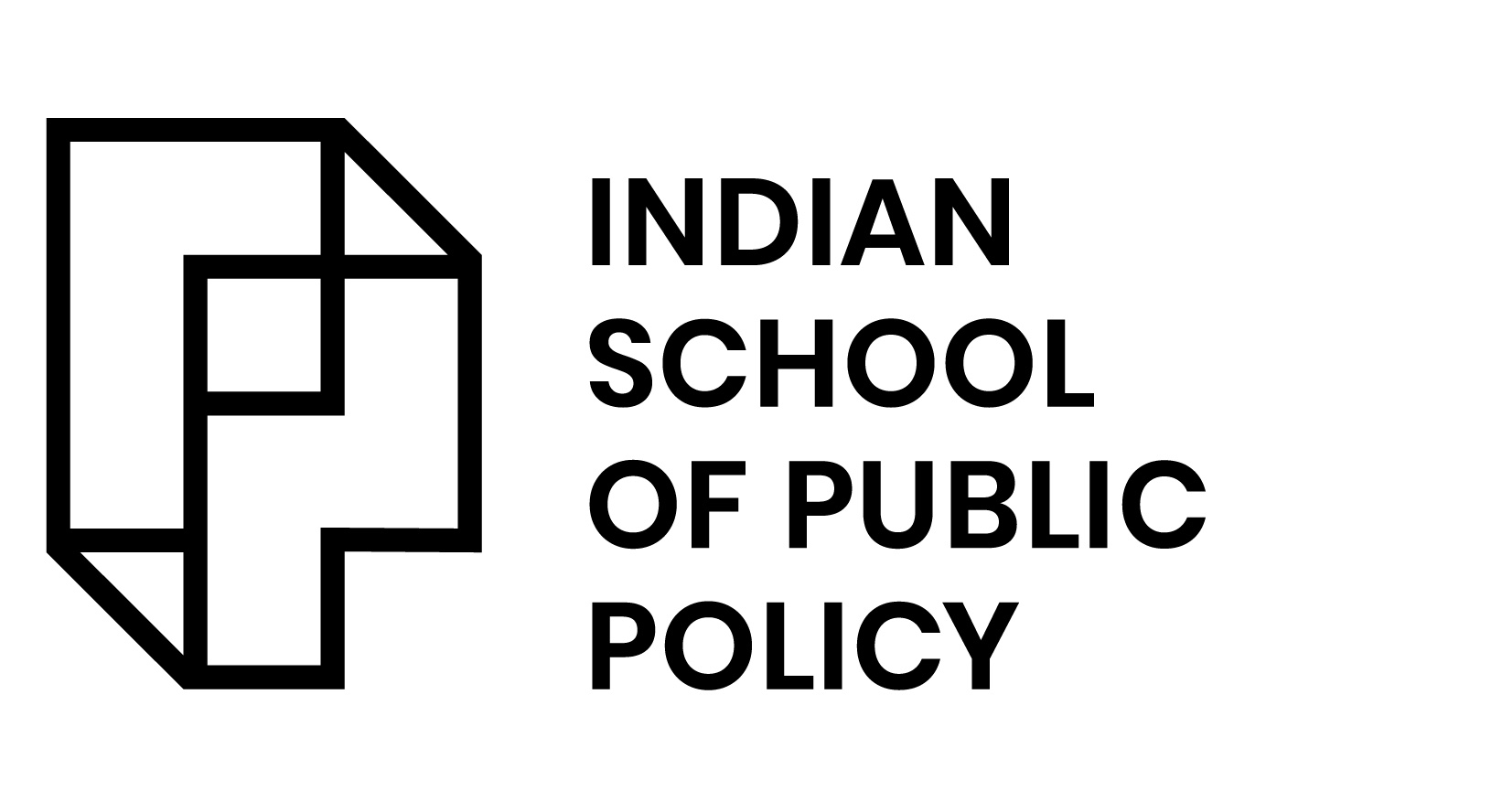
Contact Tracing in India: Lessons Learned and Way Forward

On January 30, 2020, India reported its first COVID-19 case – a medical student in Kerala who had been evacuated from Wuhan. Exactly a year later, the country has recorded more than 1.5 lakh deaths and 1.07 crore positive cases. As of January 29, 2021, 33 lakh healthcare workers have been vaccinated against the virus. With the daily mass vaccination programme set to cover other frontline workers and people with co-morbidities in its upcoming phases, the beginning of the end of the pandemic seems to be in sight.
Public health officials warn that besides vaccinating vulnerable populations, contact tracing and tracking remain crucial steps in avoiding future outbreaks as reports of new variants of the virus emerge. Until sufficient herd immunity is achieved in the population, testing, tracing and treatment of infected persons, along with mask-wearing and physical distancing measures, are required to break the chain of transmission of the virus.
Digital Technology Tools for Contact Tracing
Contact tracing refers to a range of methods used to identify, alert and monitor those who may have been exposed to the disease through close contact with an infected person. Contact tracing has been used in the past to manage epidemics such as AIDS, MERS and Ebola, among others. It involves three basic steps of identifying, listing and following up with those who have come in contact with an infected person. Contact tracing efforts were traditionally carried out manually through door-to-door surveillance and in-person interviews. Besides being manpower-intensive, physical contact tracing efforts also rely heavily on human memory and are hence prone to error and omissions.
The COVID-19 pandemic witnessed the adoption of digital technology tools for disease management at an unprecedented scale globally. Several countries around the world, including India, launched mobile phone applications and other digital tools to aid disease surveillance and contact tracing. Such applications make use of mobility reports, real-time monitoring of wearables and devices, bluetooth proximity tracking, GPS location data and cellular network data, among others, to alert people to possible exposure, track the spread of the disease, and predict future hotspots.
The use of digital technology promotes optimal usage of time and manpower in contact tracing. However, these apps in their current forms are not capable of capturing all possible scenarios under which a person can contract the disease. With about 41% of the world currently lacking access to the internet, digital technology tools cannot entirely replace the need for manual contact tracing. Such technology also carries an inherent risk of excluding already underserved populations, and furthering other existing prejudices. In the absence of proper data protection safeguards, they also pose a serious threat to individual privacy. Several countries such as Singapore, China, Taiwan and South Korea used advanced digital contact tracing tools.
How India Fared in Contact Tracing
India’s tracing policy remained consistently comprehensive from March 2020 with the Ministry of Health and Family Welfare recommending contact tracing for all confirmed cases. Detailed guidelines for the same have been issued by the Integrated Disease Surveillance Programme, National Centre for Disease Control. The protocol emphasises the need to trace all contacts as early as possible, besides clearly defining the ‘low risk’ and ‘high risk’ contact categories. In July 2020, the Union health ministry directed states to ensure that at least 80% of new cases are traced and quarantined within 72 hours of testing positive. However, several news reports suggest, state health authorities failed to keep pace with the burgeoning caseload and scaled back on contact tracing over time. Indian Council for Medical Research (ICMR) and several state authorities stopped putting out contact tracing data after the first few months.
State and district authorities implemented different models to carry out contact tracing in the initial days of the pandemic. For instance, as many as 2000 contact tracing teams were put together in Bhilwara district in Rajasthan to screen almost 92% of its 24 lakh-strong population within nine days. A team of 16,000 screened Himachal Pradesh’s population of 68 lakhs. Several states such as Delhi, Punjab, Uttar Pradesh and Maharashtra failed to keep track of domestic and international travellers. The large-scale movement of migrant workers to their home states during and after the nationwide lockdown further hampered these efforts.
Cities such as Pune, Agra and Bengaluru with high population densities put together ‘war room’ teams comprising healthcare department, police department and collectorate officials to trace suspected cases and track the disease spread. Karnataka’s contact tracing capacity dropped from 47 per patient in June to less than six primary contacts per patient in July. The Government of Karnataka developed eight in-house apps to manage tracing and tracking during the pandemic.
Once the pandemic entered the community transmission stage, a large share of the responsibility of contact tracing and isolating on exposure shifted to individuals and communities. However, the social stigma attached to testing positive for COVID-19 along with an enforcement-oriented approach (lockdowns, demarcation of containment zones, putting up banners outside the homes of those testing positive, mandatory use of Aarogya Setu, etc) adopted by authorities to fight the disease failed to encourage self-assessment and self-reporting by the average citizen. With reports emerging of discrimination against marginalised communities, public trust in contact tracing efforts eroded in the absence of congruent public messaging across political and social divides.
A Review of Aarogya Setu App
India launched its Aarogya Setu app in April 2020 to aid its ongoing contact tracing efforts. The app uses a combination of GPS (Global Positioning System) and Bluetooth to track other Aarogya Setu-enabled phones in close proximity of a user, and alerts them about possible exposure to an infected person. It can be used to self-report suspected symptoms for risk assessment before availing various services such as entry to public places and travel, and for public messaging on quarantine and treatment guidelines as well.
As of October 2020, the app had recorded over 15 crore individual downloads. In May 2020, government officials said 1.4 lakh Aarogya Setu app users had been alerted via Bluetooth contact tracing about possible risk of infection due to proximity to infected patients. The app had also helped narrow down on 697 potential hotspots. In June 2020, the government said one in every four to five positive cases were using the app with a total of 13.5 crore downloads. As many as 1.33 lakh of those users had tested positive. For each positive case, the app was able to trace an average of 28 possible contacts, resulting in tracing of over 28 lakh suspected cases. More than 11,000 potential hotspots were also reportedly identified between three to fourteen days before the disease began spreading in those areas in this period.
However, as public fatigue set in and various legal challenges related to the app’s usage emerged, its uptake remained an issue. For such an app to be successful in contact tracing, at least 50% of the total population must be using it. The existing digital divide and lack of enough digital literacy posed major hurdles to the app’s uptake and affected the quality of data being fed into it. Moreover, concerns over privacy of the captured data and fears of it being repurposed for commercial or other surveillance measures also emerged. With the use of the app being made mandatory for work and travel, it failed to encourage user behaviour or incentivise self-reporting of symptoms. As cases began to peak in densely-populated areas, the app failed to provide accurate results on possible exposure.
What Lies Ahead
The way forward for contact tracing in India lies in a hybrid model. Digital contact tracing measures must be complemented with manual contact tracing efforts in rural and socio-economically weaker communities. Care must be taken so as to ensure that manual contact tracing duties do not overburden Accredited Social Health Activists (ASHAs) and other healthcare providers, affecting the non-COVID-19 work they perform.
An effective contact-tracing model must be built on the principles of public benefit and trust, scientific validity and ensured efficacy with enough safeguards in place to avoid discrimination. Personal privacy and individual autonomy in the use of the digital technology tools must also be preserved. Data captured through such apps or tools must not be repurposed in any manner.
Moreover, contact tracing efforts must evolve at the community level such that citizens feel individually responsible and safe to report symptoms and seek treatment in case of suspected exposure. Going ahead, an interrelated digital eco-system that combines the internet of things (IoT), big data analytics, artificial intelligence (AI), and blockchain technology can help create a technology-aided model for effective tracing and tracking of other communicable diseases even after the COVID-19 pandemic ends.
The views expressed in the post are those of the author and in no way reflect those of the ISPP Policy Review or the Indian School of Public Policy. Images via open source.

